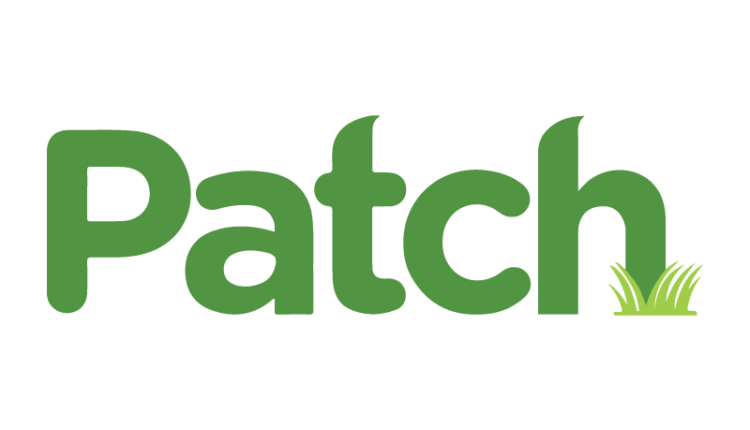The University Of Utah: Saving Energy, Cutting Pollution
July 29, 2021
Established in 2016, the IIAC center is made up of engineering faculties and students studying a variety of manufacturing processes such as the compressed air system and boilers to find ways to reduce costs. The team also examines heating and air conditioning systems as well as production and electrical systems for their efficiency. The US Department of Energy announced this week that funding for the IIAC has been extended for an additional five years.
The team typically spends a day or two on-site working with participants to find cost-effective ways to save electricity, gas, and water. With this advice, the center can help companies achieve energy and productivity savings of between 10 and 20%. They provide the company with a report showing potential savings and include a detailed technical and economic calculation of potential energy-saving ideas.
Now, however, the specialist advisors are also examining how companies can save harmful emissions such as nitrogen oxides that are released into the air during power generation or natural gas combustion.
“Energy efficiency is a great investment for businesses. It can save them money, but there are also significant air quality benefits from investing in clean technologies,” said Kody Powell, assistant professor of chemical engineering at the center’s U. “Energy efficiency and air quality simply belong together. Not only do companies benefit financially from this, but also our air quality. “
The center works with Kerry E. Kelly, an associate professor of chemical engineering who serves on the Utah Air Quality Policy Board and served on the Utah Air Quality Board for eight years, to lead the clean technology team’s recommendations.
The center initially focused its work on industrial and wastewater / water treatment plants, but thanks to a program partnership with Dominion Energy called StepWise, the team is now focusing more on renewable natural gas opportunities. The team can now also consult with a wider variety of companies in the Dominion Energy Utah service area, such as: B. small businesses, commercial offices or institutional bodies.
“These types of facilities aren’t often on regulators’ radar screens when it comes to emissions,” says Kelly. “This gives us the opportunity to work with smaller plants – not just large refineries, but the next lower ones – to make recommendations on energy efficiency and reducing emissions. That benefits the state. “
For example, researchers and students at the center of a sewage treatment plant might recommend using methane (by a by-product of a commonly related process called anaerobic digestion) instead of flaring. Or for companies that use a boiler for their manufacturing process, the team could suggest boilers that are not only more energy efficient but also emit less nitrogen oxides.
Commissioning the center to analyze a company is free and only requires a short on-site visit. It takes the IIAC six weeks to analyze the site visit data, speak to participating vendors working with the company, and generate a report with recommendations, Powell says.
“About 60% of the strategies we recommend to companies get implemented,” he says, “and we’ve seen companies save up to $ 300,000 annually based on one of our evaluations.”
Since the center was founded five years ago, it has analyzed and advised 70 companies in Utah, Colorado and Nevada.
Last year, the IIAC received the Center of Excellence Award from the US Department of Energy’s Industrial Assessment Center. The award goes to the top performing center in the country. There are 31 such centers in the United States
For more information on the University of Utah’s Intermountain Industrial Assessment Center, visit www.energy.utah.edu/ and www.dominionenergy.com/utah/save-energy/stepwise for StepWise.
www.energy.utah.edu/ www.dominionenergy.com/utah/save-energy/stepwise
This press release was produced by the University of Utah. The views expressed here are your own.



Comments are closed.